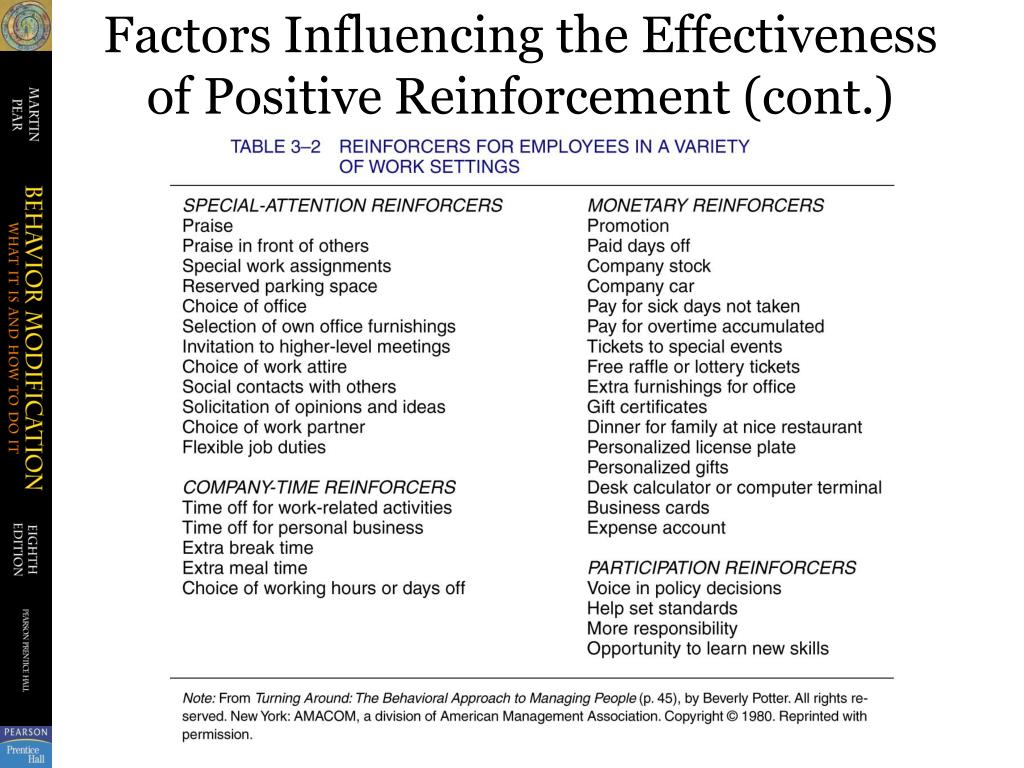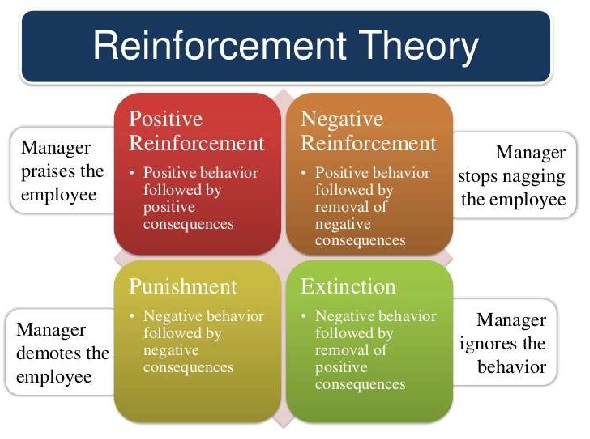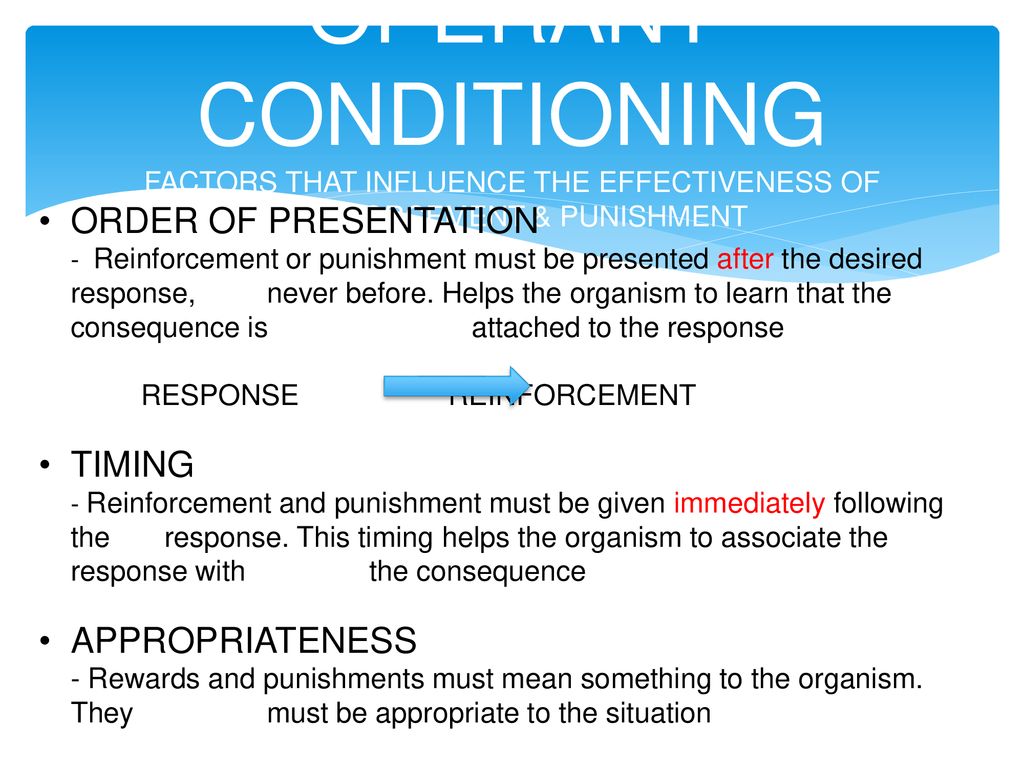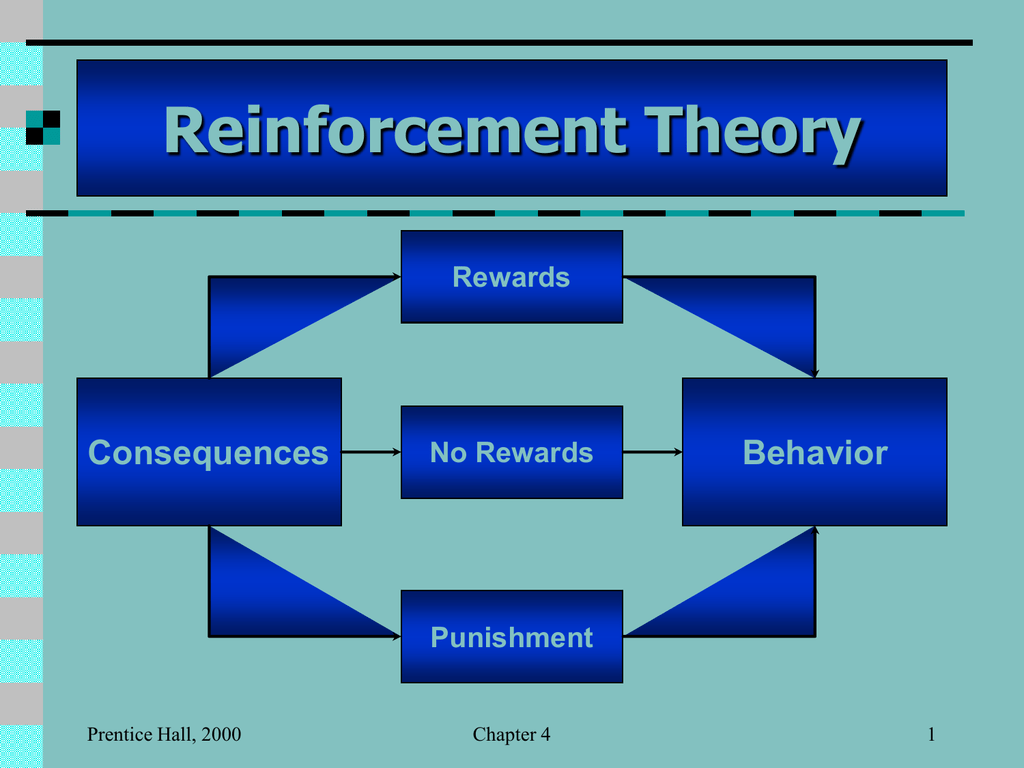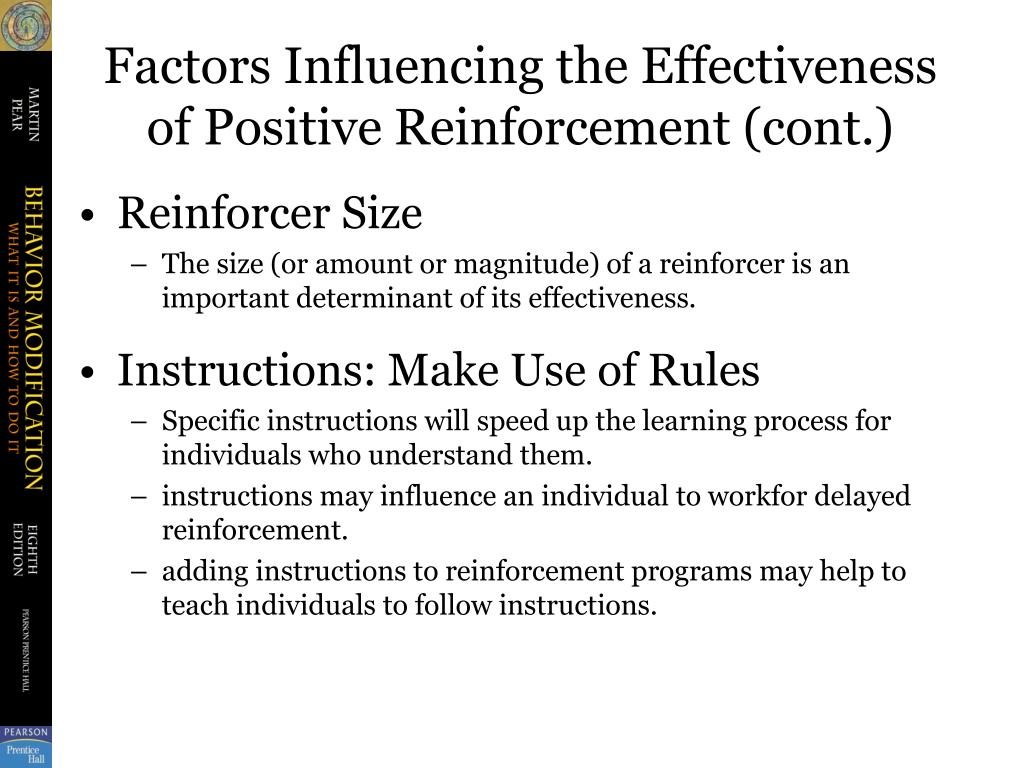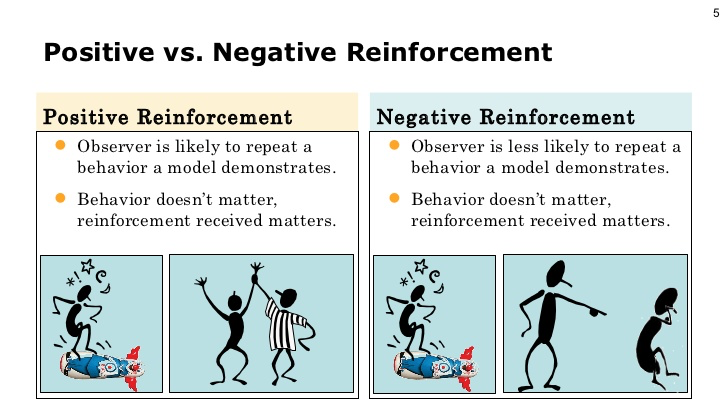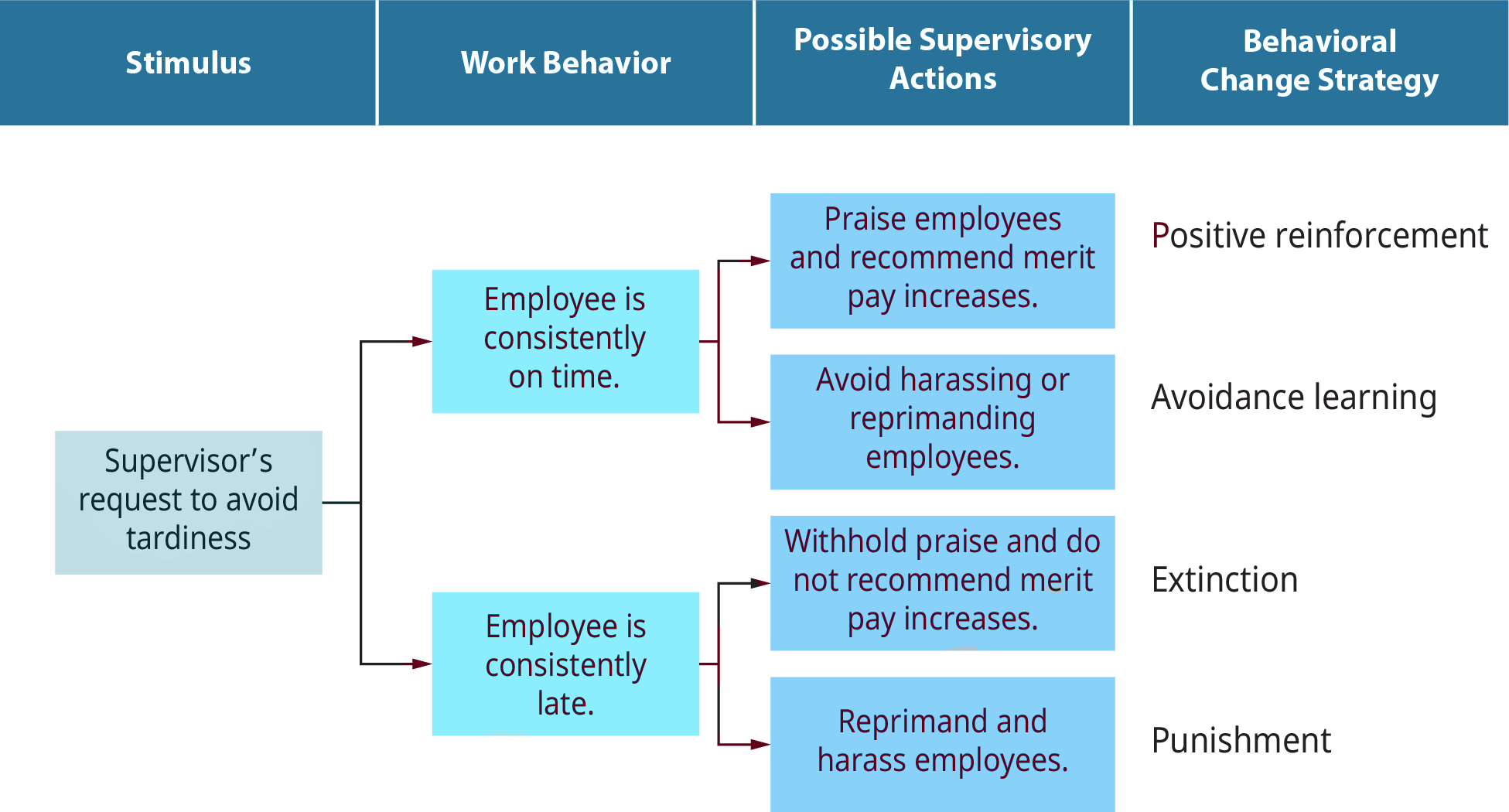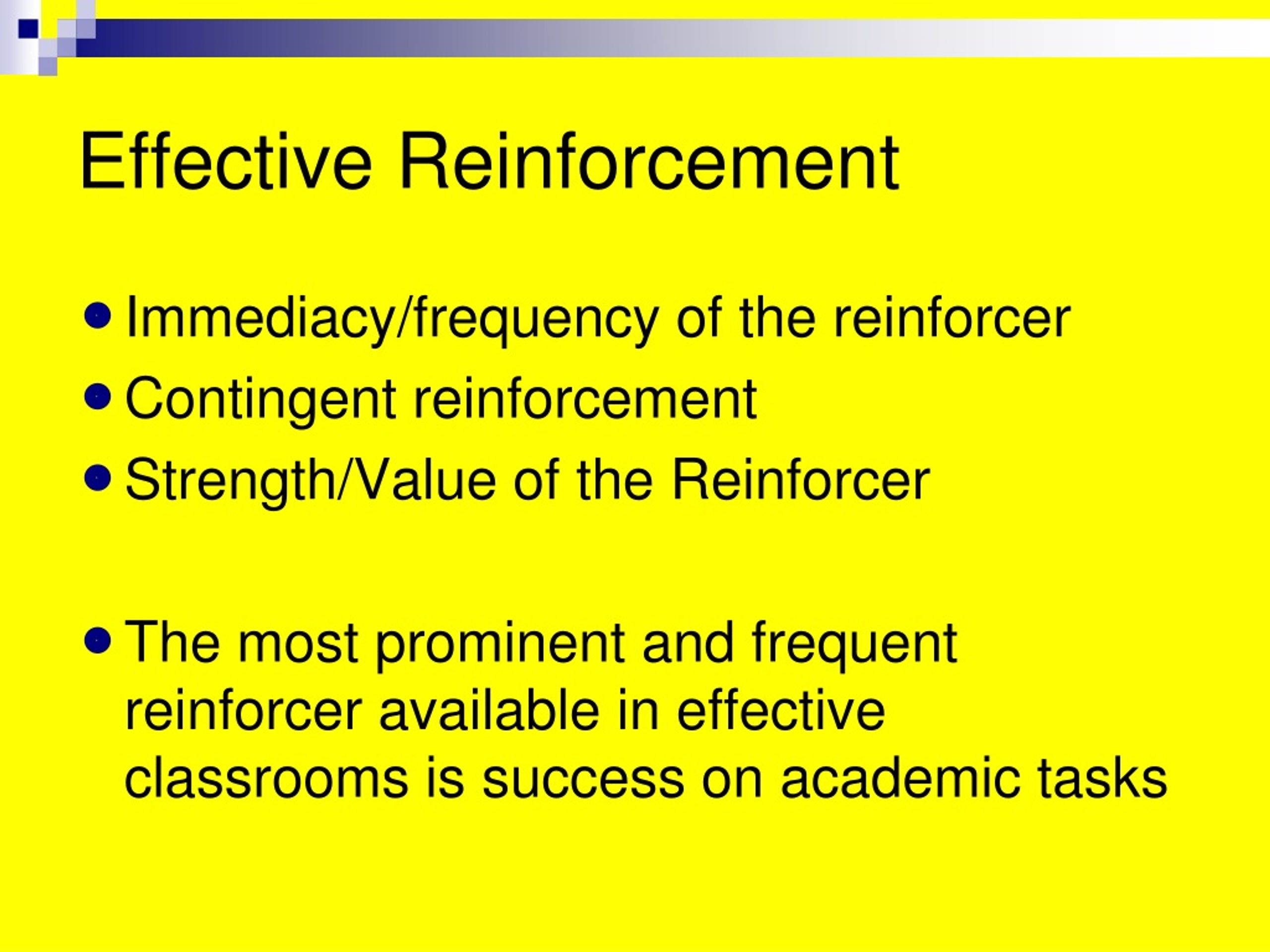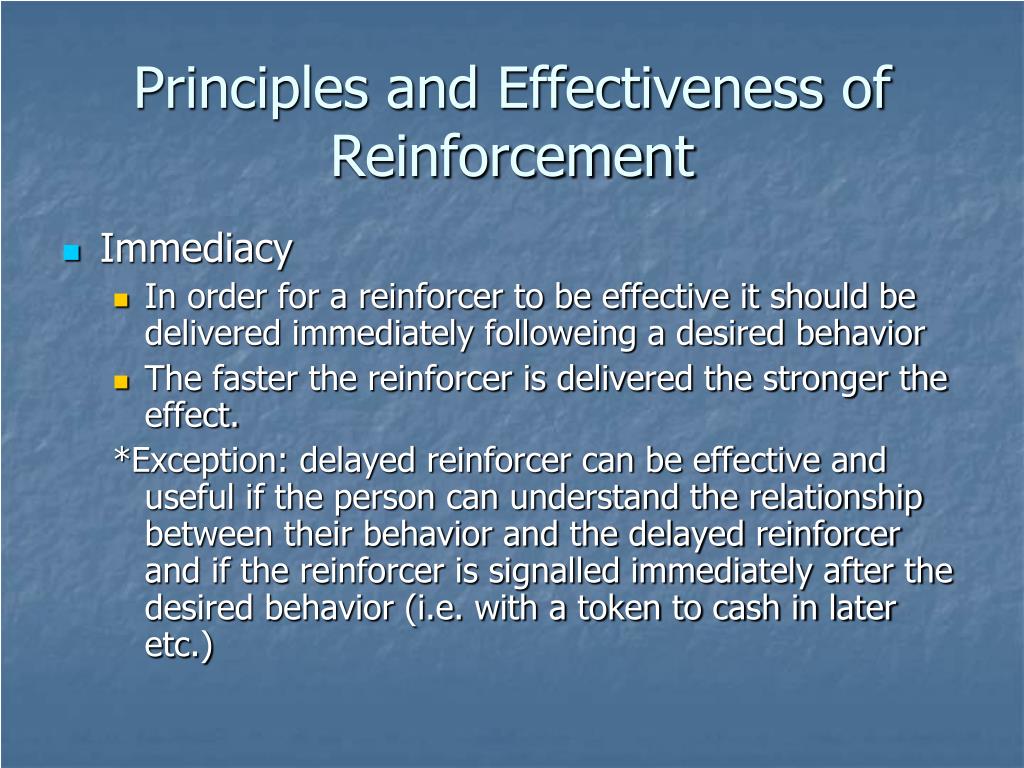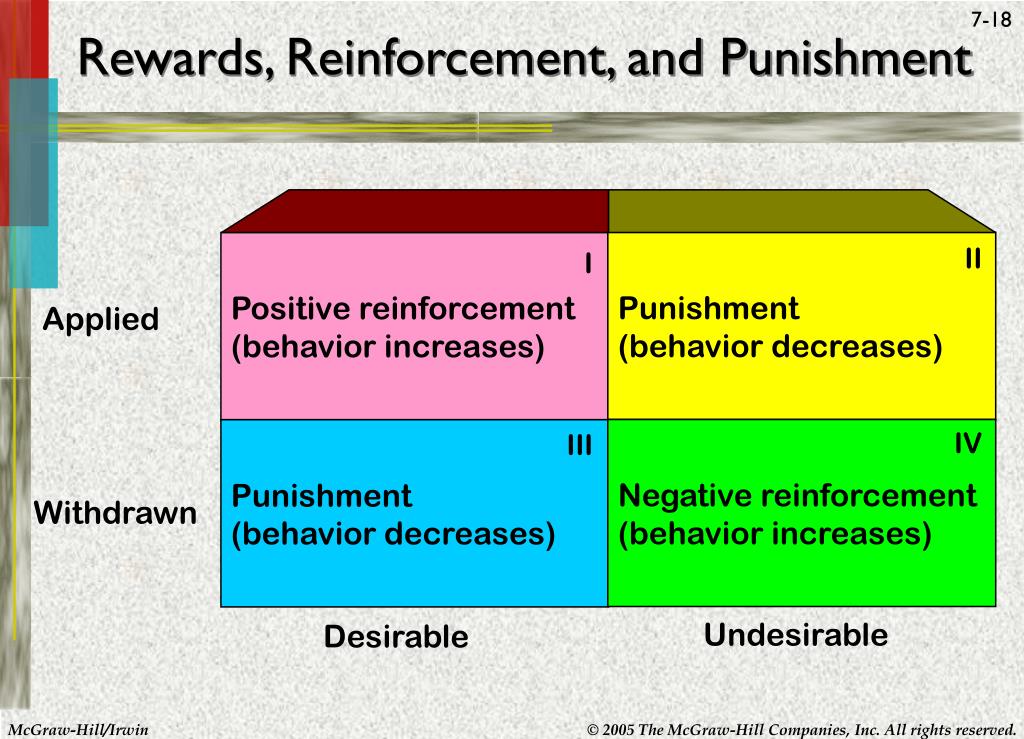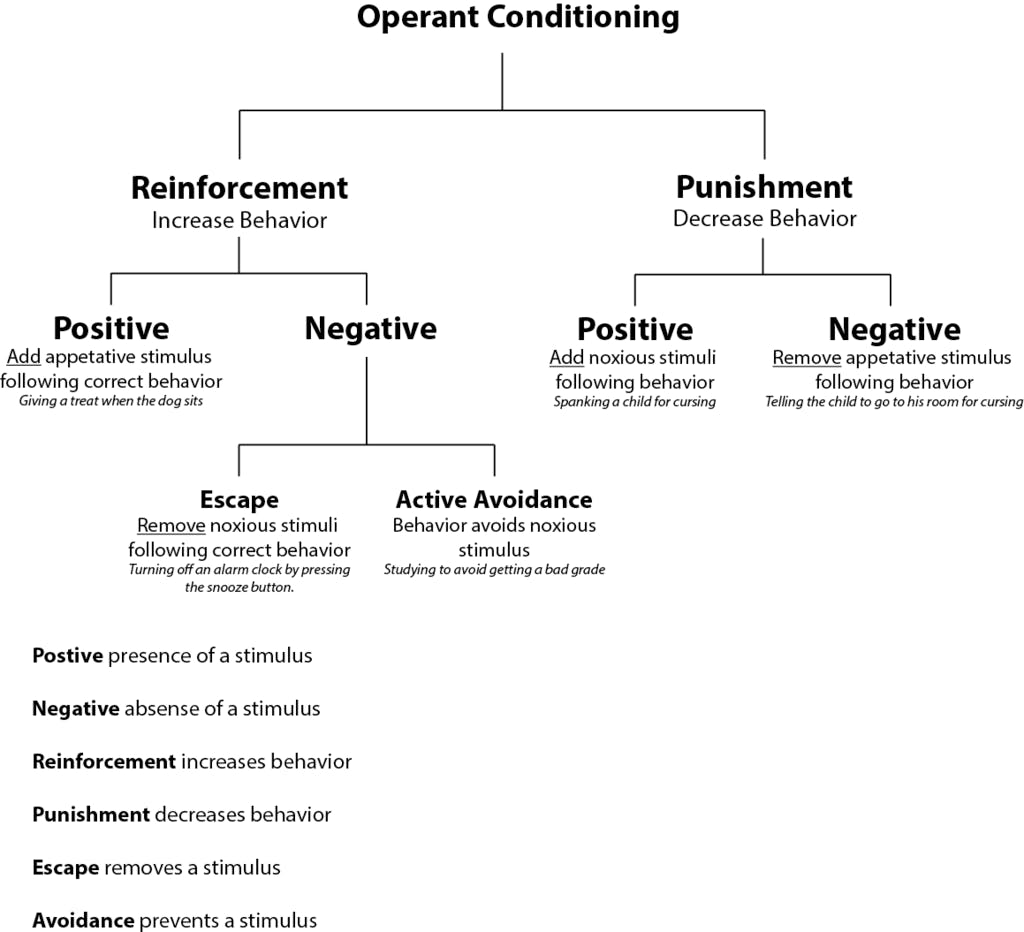Which Of The Following Influences The Effectiveness Of Reinforcement

The effectiveness of reinforcement, a cornerstone of behavioral science, is not a one-size-fits-all principle. Multiple factors critically influence how well reinforcement techniques modify behavior.
Understanding the Nuances of Reinforcement
This article delves into the critical elements affecting the efficacy of reinforcement, examining the complexities that determine successful behavioral modification.
Immediacy: The Crucial Timing Factor
The timing of reinforcement is paramount. A delay between the desired behavior and the delivery of the reinforcer significantly diminishes its impact, according to a study published in the Journal of Applied Behavior Analysis.
Immediate reinforcement creates a strong association between the action and the reward. Longer delays allow other behaviors to occur, clouding the connection and reducing the reinforcer's power.
Contingency: The Direct Link
Contingency refers to the direct relationship between the behavior and the reinforcement. Reinforcement must be reliably contingent on the target behavior for optimal effectiveness.
When reinforcement is delivered inconsistently, or for behaviors other than the intended one, it loses its impact and can even reinforce unwanted actions, a concept explored by B.F. Skinner in his pioneering work on operant conditioning.
Reinforcer Characteristics: The Power of Preference
The characteristics of the reinforcer itself are critical. A reinforcer must be desirable to the individual for it to be effective.
What one person finds rewarding, another may find neutral or even aversive. Tailoring reinforcers to individual preferences is crucial, a finding consistently supported by research on personalized learning and behavioral interventions.
Schedule of Reinforcement: Predictability vs. Randomness
The schedule of reinforcement, whether continuous or intermittent, profoundly impacts behavior. Continuous reinforcement, where every instance of the behavior is rewarded, is effective for initial learning.
Intermittent reinforcement, where only some instances are rewarded, leads to more persistent behavior once the behavior is established. Research detailed in "Principles of Behavior" highlights the power of variable ratio schedules in sustaining high rates of responding.
Magnitude of Reinforcement: The Size of the Reward
The magnitude of the reinforcer, or its size and intensity, also plays a role. Generally, larger or more intense reinforcers are more effective, but diminishing returns can occur.
A small reward might be sufficient for a simple task, but a more significant accomplishment might require a larger, more meaningful reinforcer. Determining the optimal magnitude requires careful consideration of the behavior and the individual.
Individual Differences: Recognizing Unique Needs
Individual differences play a vital, yet often overlooked, role. Factors such as age, developmental stage, learning history, and motivation levels significantly influence how an individual responds to reinforcement.
What works for one individual might not work for another. Understanding these differences is essential for creating effective and ethical reinforcement strategies, according to guidelines established by the Association for Behavior Analysis International (ABAI).
The Ethical Considerations of Reinforcement
Ethical considerations are also paramount when implementing reinforcement strategies. Reinforcement should never be coercive or manipulative.
It should always be used to promote positive behavior change and enhance an individual's well-being, adhering to ethical guidelines from organizations like the American Psychological Association (APA).
Contextual Factors: Environment Matters
The environment in which reinforcement is delivered can significantly impact its effectiveness. A distracting or stressful environment might reduce the impact of reinforcement.
Creating a supportive and conducive environment is essential for optimal results. This includes minimizing distractions and providing clear expectations, as detailed in studies on classroom management and organizational behavior.
Future Directions
Ongoing research continues to refine our understanding of reinforcement. Focus is directed towards developing more personalized and effective interventions.
Future studies should explore the interplay between these factors and investigate innovative ways to enhance reinforcement strategies across diverse populations and contexts. Further, a meta-analysis is being planned to consolidate current findings in a systematic and unbiased manner.


